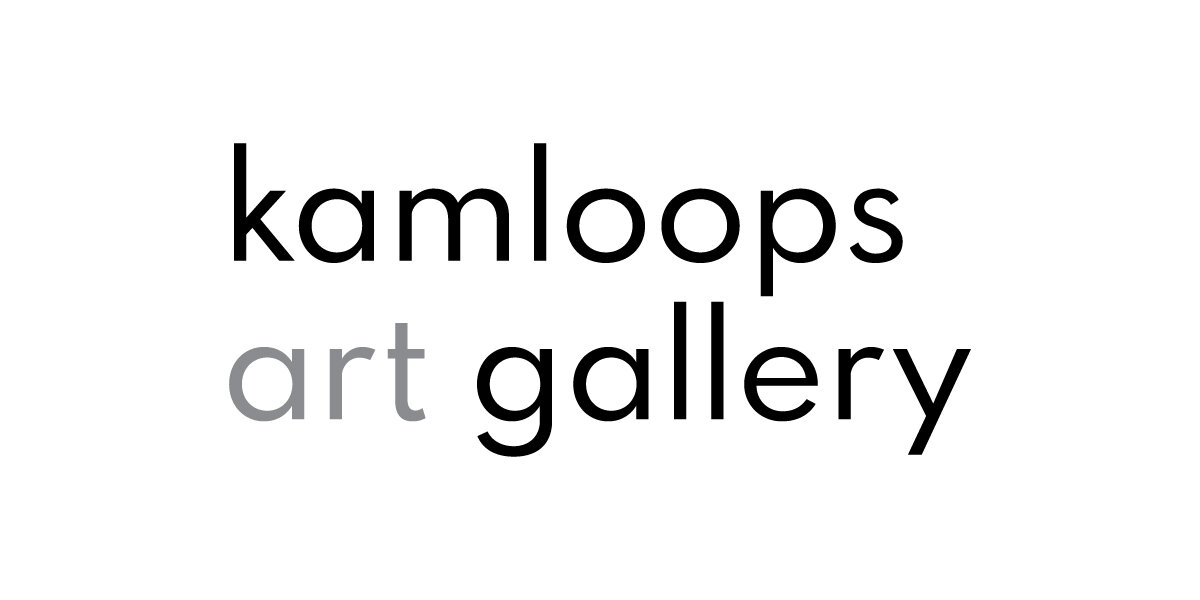Exploring Identity Screen Prints
SCHOOL PROGRAM LESSON PLAN – 7 to 9
Exploring Identity Screen Prints
Final Project Description:
A simple screen print image of a symbol representing a person students admire.
Description:
Students will create a simple screen print using embroidery hoops and a screen blocker like mod podge or drawing fluid. They will first brainstorm characteristics and information about their subject and create images based on this information.
Theory:
Students will (taken from the BC Curriculum PLOs):
- manipulate selected materials, technologies and processes to create images
- create images using the principle of unity to produce a variety of effects
- use a variety of image sources to create emotions and images
- apply visual elements in a coherent way
- personalize ideas and information
- explain relationships among ideas and information
Creation & Analysis:
- Spend some time reviewing the works in unlimited edition and looking at artists that express their identity in their work. Explain that First Nations art (though exceptionally diverse and specific) often references lineages, family connections to place and animals that reference belonging to certain regional or geographic societies. We will use this idea of connecting story to identity as inspiration.
- Students will choose a person they respect and admire. This could be a family member or friend or someone they are aware of who has done something amazing. Brainstorm the characteristics, hobbies, background and culture of this person to get ideas to translate into a symbol that represents that person. Explain that this interpretation is personal, and other viewers may not be able to immediately understand the connection between the person and the image.
- Once students have decided on an image, they can practice on scarp paper. When they’re ready, instruct them to put the fabric on their embroidery hoops and make sure the fabric is taut. Have them help their peers if they finish quickly.
- Transfer their drawing by tracing through the fabric with pencil. Explain blocking method and which parts they will need to paint with block to make a print. Drawings will need to be fairly simple.
- Block out the image using mod podge or screen filler. Apply with a brush and use a hairdryer to quickly dry the block.
- Set up printing stations and show students how to apply screen printing ink to the surface of their hoop, using a thin plastic (or edge of cardboard or any stiff material) card. Explain how to remove the hoop and check their print. Pull multiple copies until a clear image is pulled.
- Leave to dry and rinse out ink in the sinks. Use the bathroom sinks to get everyone through.
Duration:
60 minutes in the studio – 5 mins on approach, 10 mins drawing, 40 mins on project, 5 mins for wrap up and possible discussion or look at other’s work to end class.
Materials:
Scrap paper
Pencils
Erasers
Good paper for printing on
Embroidery hoops
Mod podge or screen filler
Brushes – fine and flat
Screen printing ink
Stiff card or plastic card
Fabric (optional)
Look & Discuss:
-HAVE STUDENTS PUT THEIR NAMES ON THEIR work! This is important.
How has this activity made them more aware of printmaking as a medium? Can they tell the difference between reproduction and print?
Prep:
-Layout paper and pencils, hoops, fabric and brushes, block filler
-Have ink stations set up
-Have good paper and or fabric ready to print on
Take it further:
Ask students to look at each other’s work at the end of class to see how other students approached their project. How are they similar? How are they different? How has this activity made them consider the process of printmaking? Do they have a greater understanding of the use of family crests in First Nations art?
